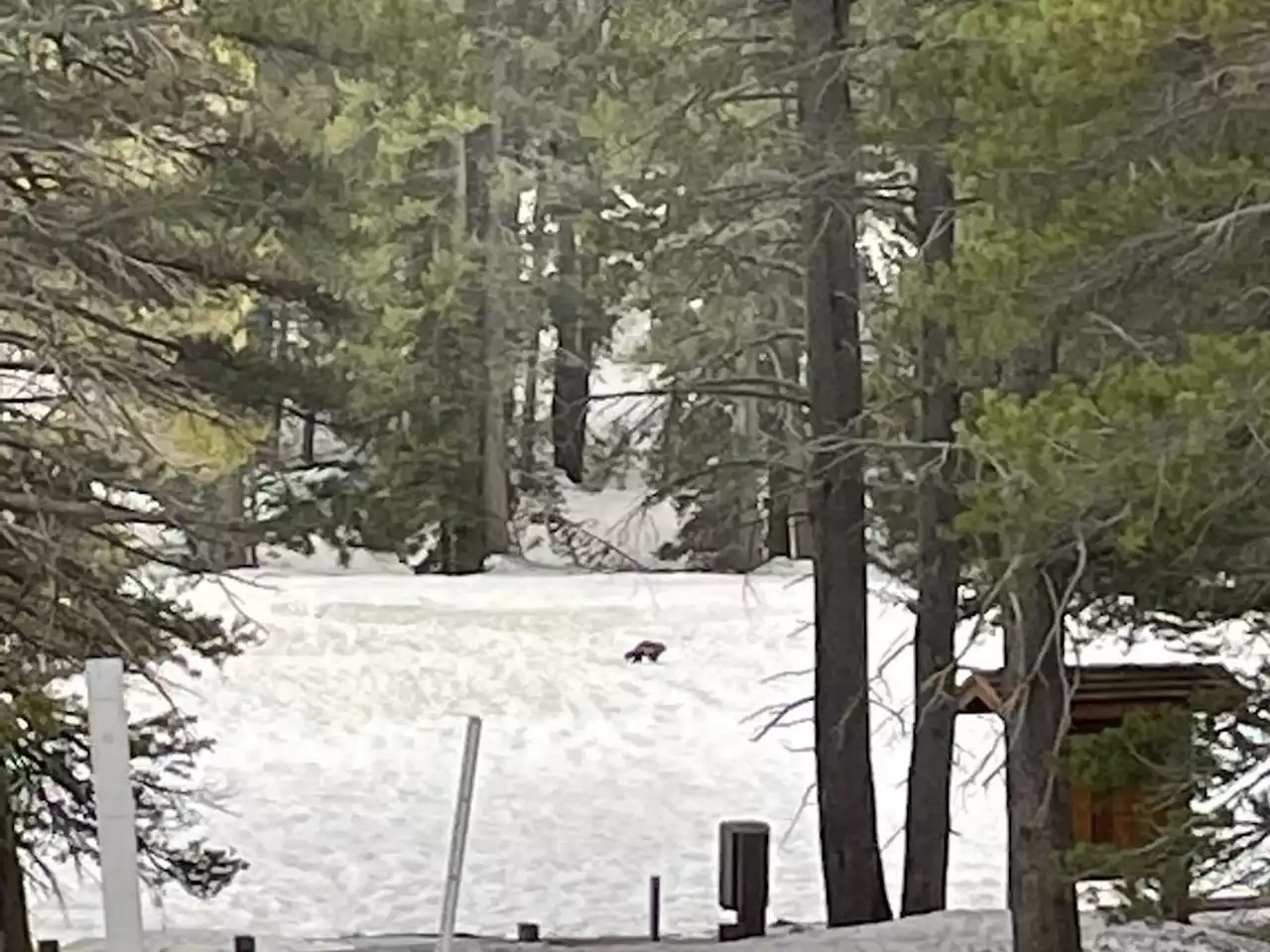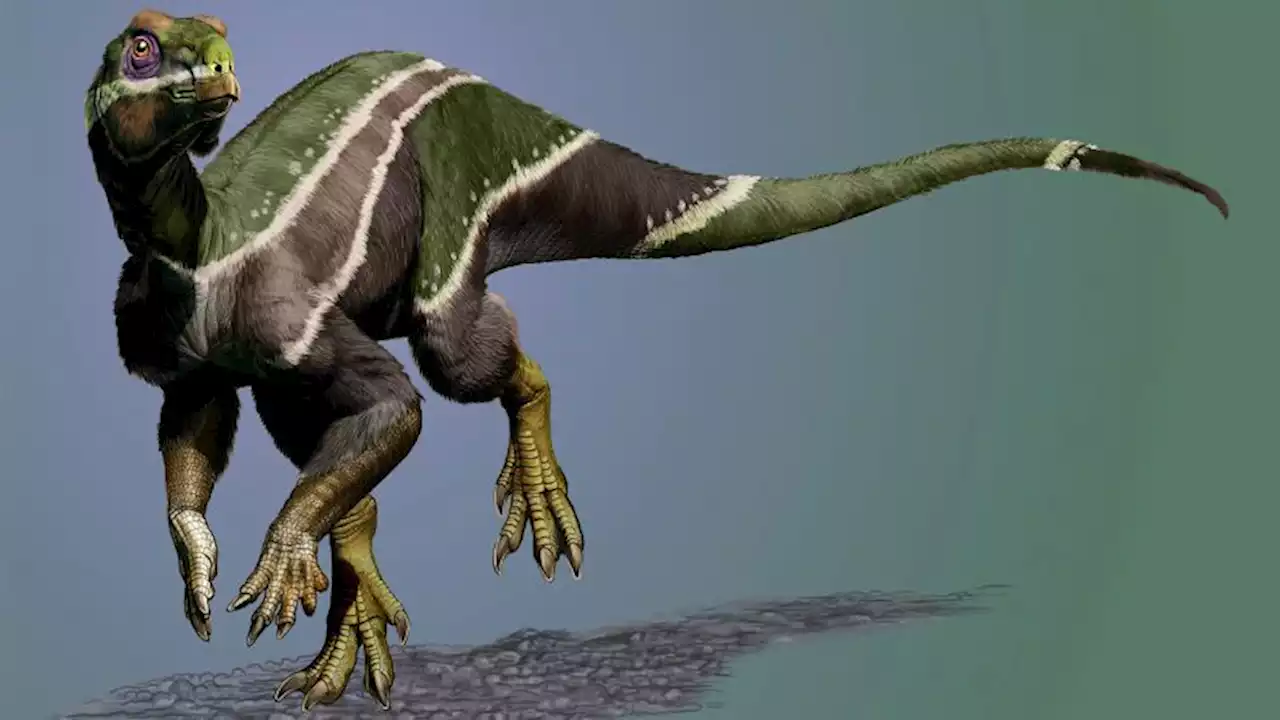About 100 million years ago in what is now Utah, a 3-meter-long cousin of duck-billed dinosaurs pulverized tough plant stems and leaves with its robust teeth and powerful jaws
It probably was too busy chewing to notice that the once-familiar world around it was transforming. But for the scientists who recently described this newfound species, its fossils offer clues about life during the middle of the Cretaceous Period , as rising air temperatures and sea levels reshaped leafy habitats on land. The plant-eater was an early ornithopod — a group of mostly bipedal herbivorous dinosaurs.
The bones included a skull, some ribs and vertebrae, limb bones and parts of the pelvis. Well-preserved Cretaceous skulls from this part of North America are extremely rare; the region once bordered a vast inland sea, and bones fossilize poorly in coastal humidity, Zanno told CNN in an email. “Most of the specimens we find in the Mussentuchit are highly fragmentary or in rough shape,” Zanno said.
Australia Latest News, Australia Headlines
Similar News:You can also read news stories similar to this one that we have collected from other news sources.
 SLCPD: Family members of Salt Lake homicide victim found fleeing crime scene hours laterVICTIM IDENTIFIED: Halapaini Latu Moala, a 22-year-old man, died at the scene after sustaining a gunshot wound, despite the immediate response and life-saving efforts of officers, paramedics, and firefighters. MORE DETAILS:
SLCPD: Family members of Salt Lake homicide victim found fleeing crime scene hours laterVICTIM IDENTIFIED: Halapaini Latu Moala, a 22-year-old man, died at the scene after sustaining a gunshot wound, despite the immediate response and life-saving efforts of officers, paramedics, and firefighters. MORE DETAILS:
Read more »
 Jim Hines, Olympic 100-meter champion who became NFL receiver, dies at 76Jim Hines' world mark in the 100 meters stood for 15 years before it was broken by Calvin Smith. The current record is held by Usain Bolt.
Jim Hines, Olympic 100-meter champion who became NFL receiver, dies at 76Jim Hines' world mark in the 100 meters stood for 15 years before it was broken by Calvin Smith. The current record is held by Usain Bolt.
Read more »
 Young, wild and free: Wolverine spotted in California for only second time in last 100 yearsA wolverine was spotted three times last month in the eastern Sierra Nevada, a rare occurrence for an animal that’s only been seen one other time in California over the last 100 years. That's according to state wildlife officials. While wolverines are native to California, they’ve been essentially extinct from the state since the 1920s — likely the result of hunting and fur trapping in the decades following the gold rush, though records from the time don’t indicate what exactly caused the population to decline. The latest wolverine appears to be a young male seeking a mate. The animal has been spotted twice in the Inyo National Forest and once in Yosemite National Park.
Young, wild and free: Wolverine spotted in California for only second time in last 100 yearsA wolverine was spotted three times last month in the eastern Sierra Nevada, a rare occurrence for an animal that’s only been seen one other time in California over the last 100 years. That's according to state wildlife officials. While wolverines are native to California, they’ve been essentially extinct from the state since the 1920s — likely the result of hunting and fur trapping in the decades following the gold rush, though records from the time don’t indicate what exactly caused the population to decline. The latest wolverine appears to be a young male seeking a mate. The animal has been spotted twice in the Inyo National Forest and once in Yosemite National Park.
Read more »
 Prince Harry prepares to become 1st British royal to testify in court in over 100 yearsPrince Harry will break royal precedent once again when he testifies this week in court, becoming the first British royal to do so in more than a century.
Prince Harry prepares to become 1st British royal to testify in court in over 100 yearsPrince Harry will break royal precedent once again when he testifies this week in court, becoming the first British royal to do so in more than a century.
Read more »
 Wolverine spotted in California for only second time in last 100 yearsThere was one wolverine sighting in California between 2008 and 2018. Before that the last wolverines were seen in the state in the 1920s.
Wolverine spotted in California for only second time in last 100 yearsThere was one wolverine sighting in California between 2008 and 2018. Before that the last wolverines were seen in the state in the 1920s.
Read more »
 Yosemite wolverine is second one spotted in California in nearly 100 yearsExperts believe the two sighting clusters this century traced two separate animals because they typically live for only a dozen years or so. The last confirmed sightings in California were in the 1920s, the Department of Fish and Wildlife said.
Yosemite wolverine is second one spotted in California in nearly 100 yearsExperts believe the two sighting clusters this century traced two separate animals because they typically live for only a dozen years or so. The last confirmed sightings in California were in the 1920s, the Department of Fish and Wildlife said.
Read more »
